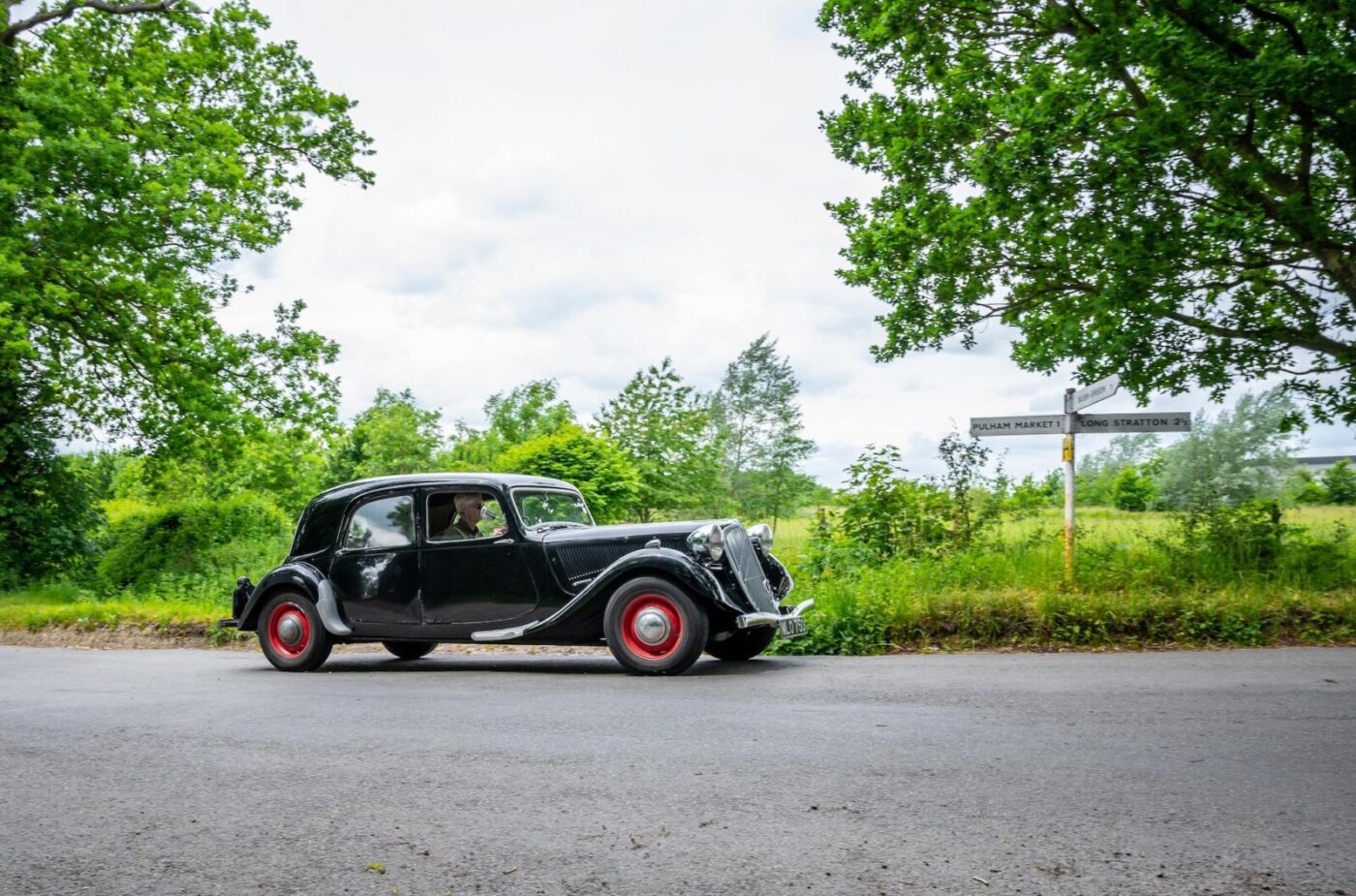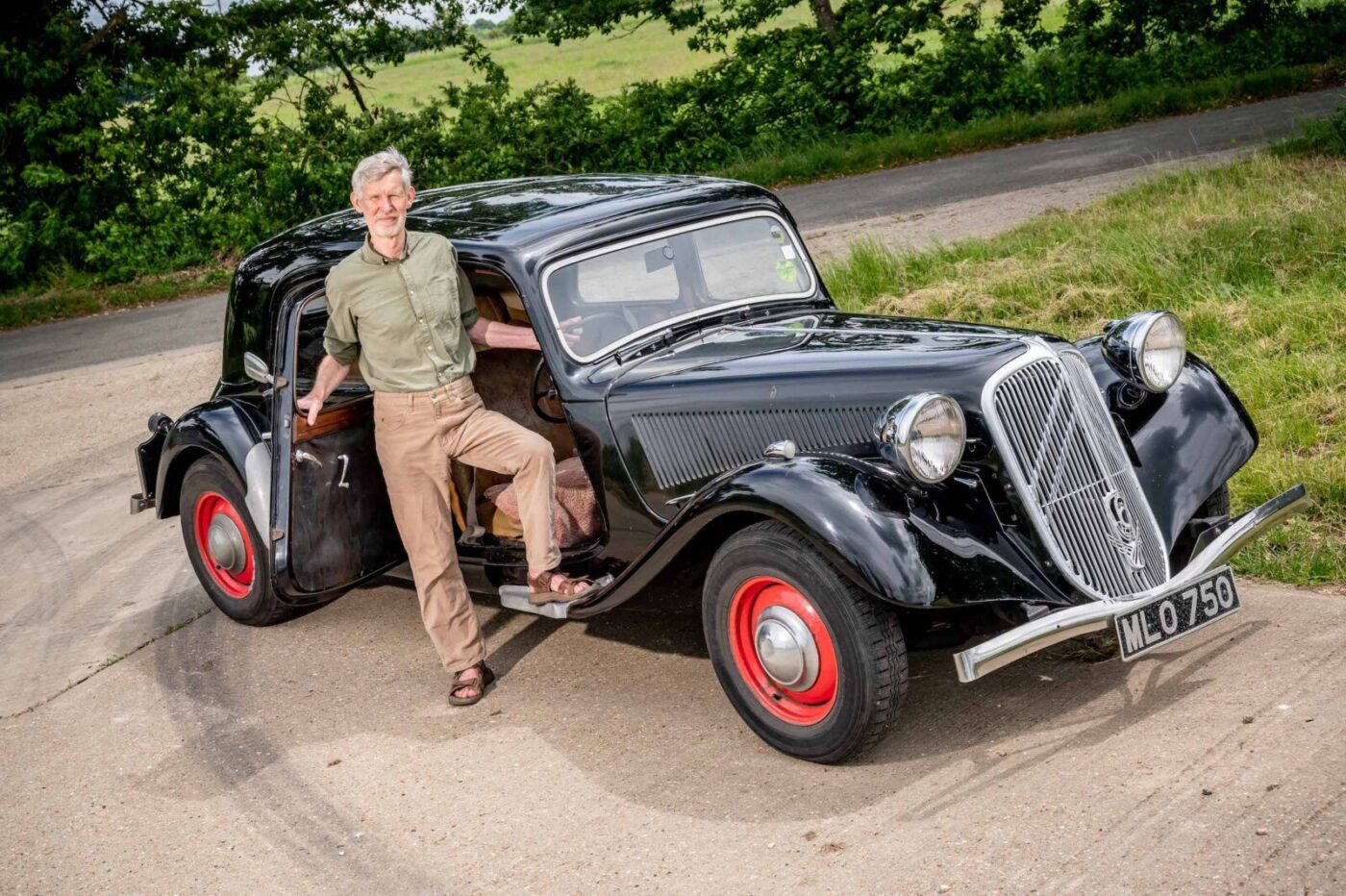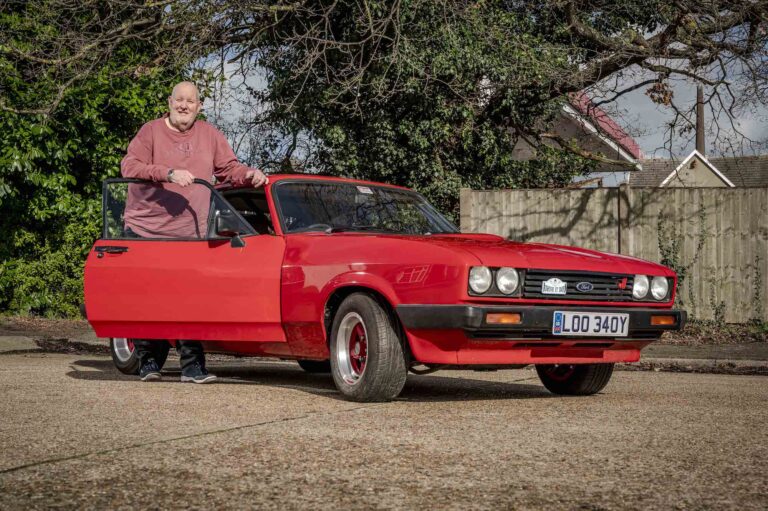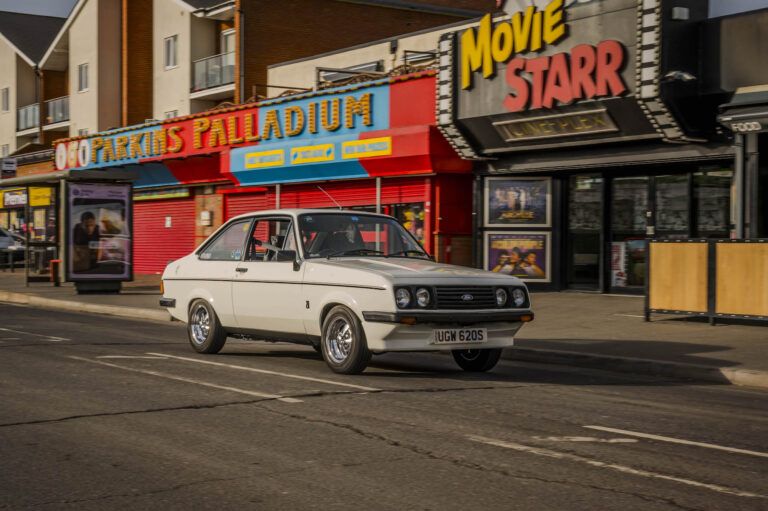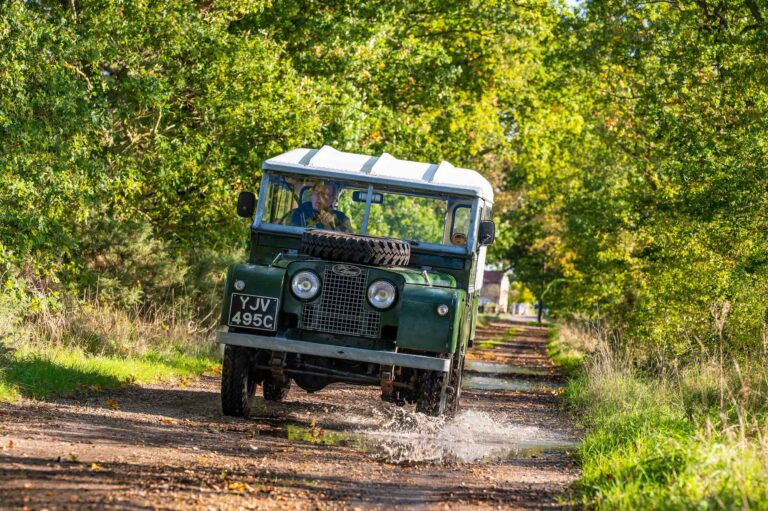It’s exactly the type of car you’d expect a museum curator who studied History of Art at the Courtauld Institute to own.
But Nicholas Hall’s 1951 Citroën Traction Avant – in Big Six guise – is far from a static exhibit.
When we visit him in rural south Norfolk, he’s just returned from driving the old car back from serving as his daughter’s wedding car near Truro, Cornwall – a 400-mile, eight-hour journey.
It’s also twice visited La Ferté-Vidame, the home of Citroën’s test circuit in France, for the 80th anniversary of the Traction Avant and the 100th anniversary of the car-maker.
These journeys were not always entirely trouble-free, but nothing so serious Nicholas couldn’t get home.
“It’s often been used as my main car, and it’s been great,” he says, showing us round the Slough-built motor he’s owned since 1983. “Even now, though I do use it for rallies and for fun, I’m often just using it as a normal car.”
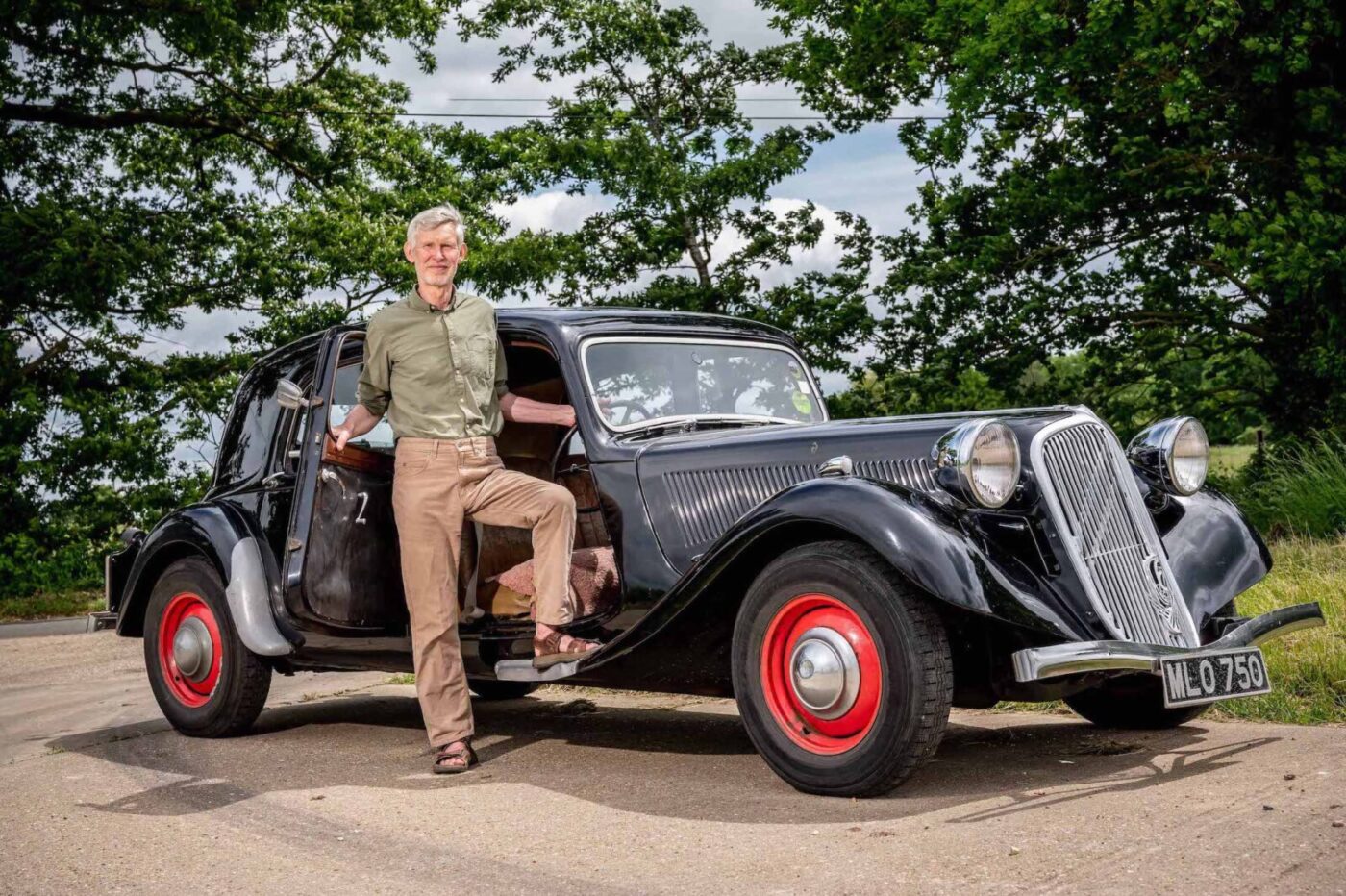
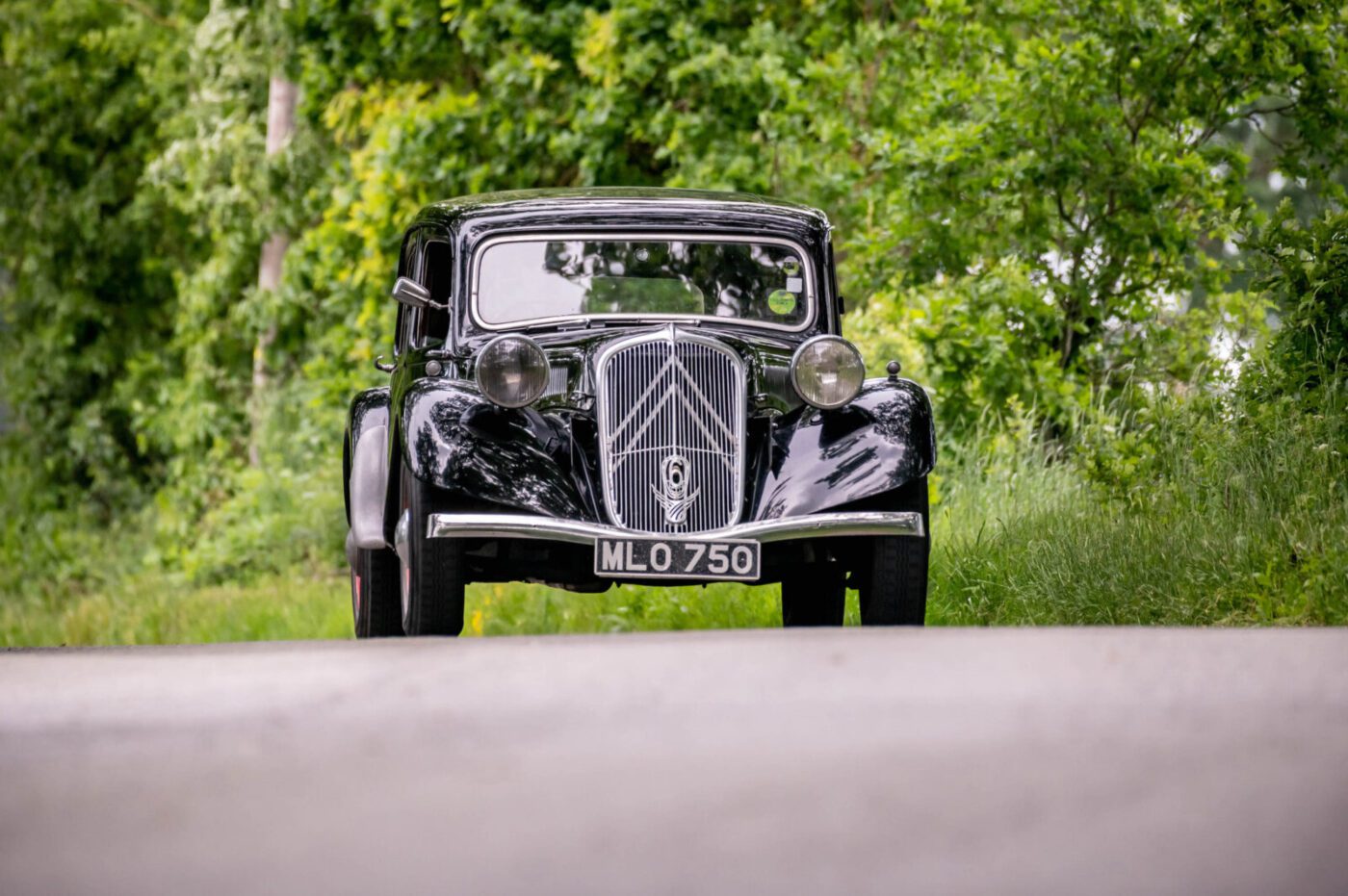
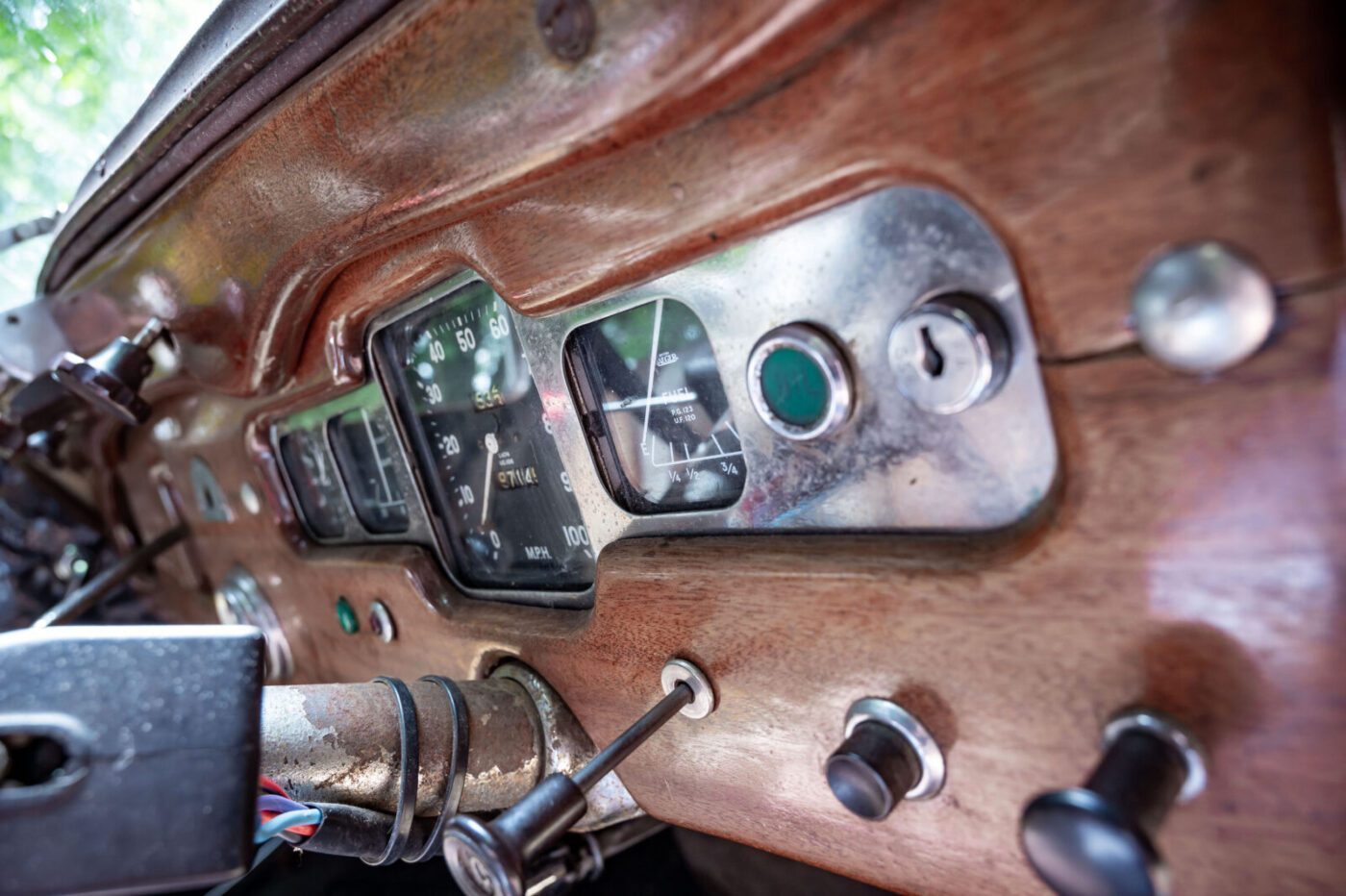
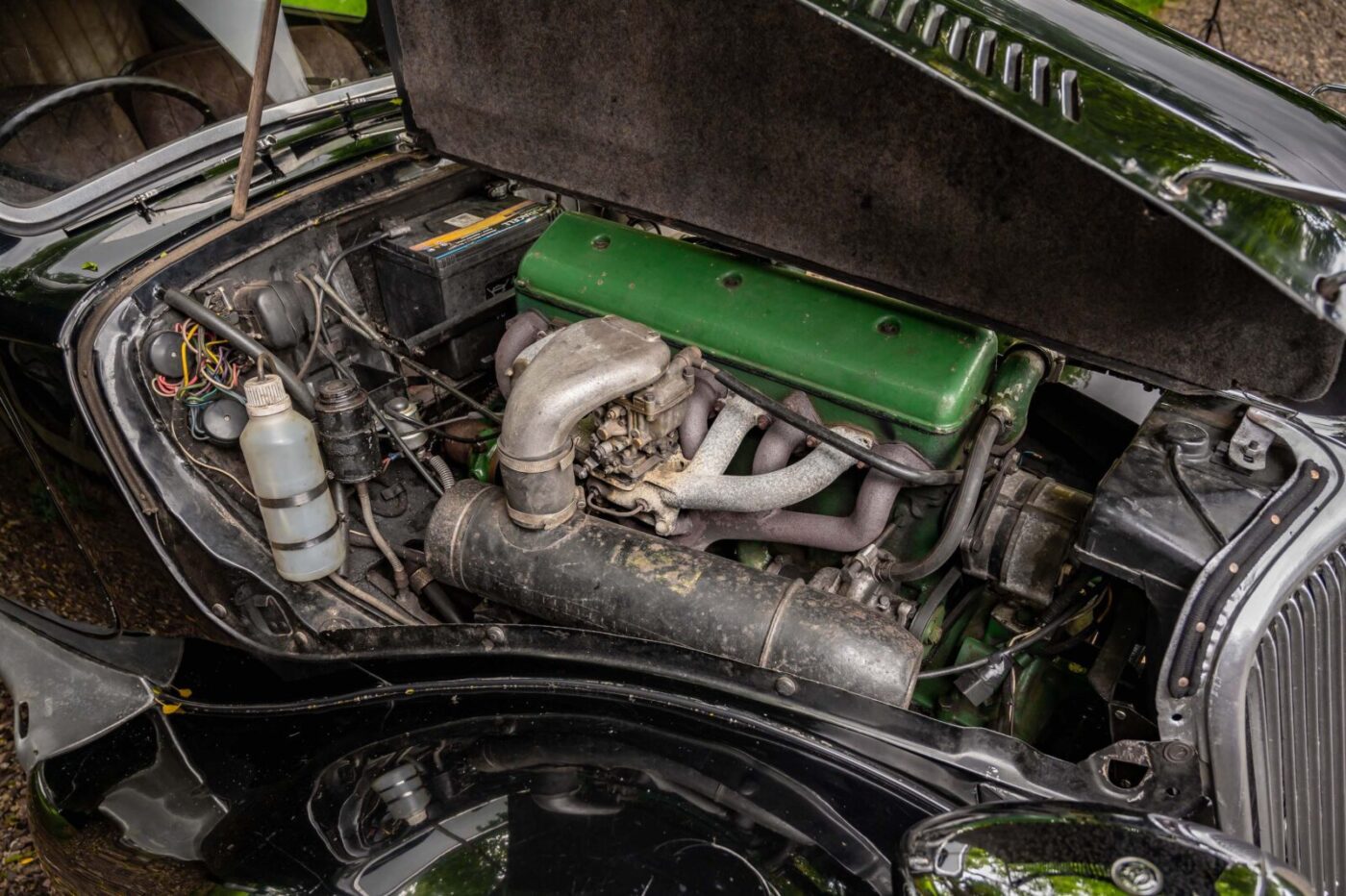
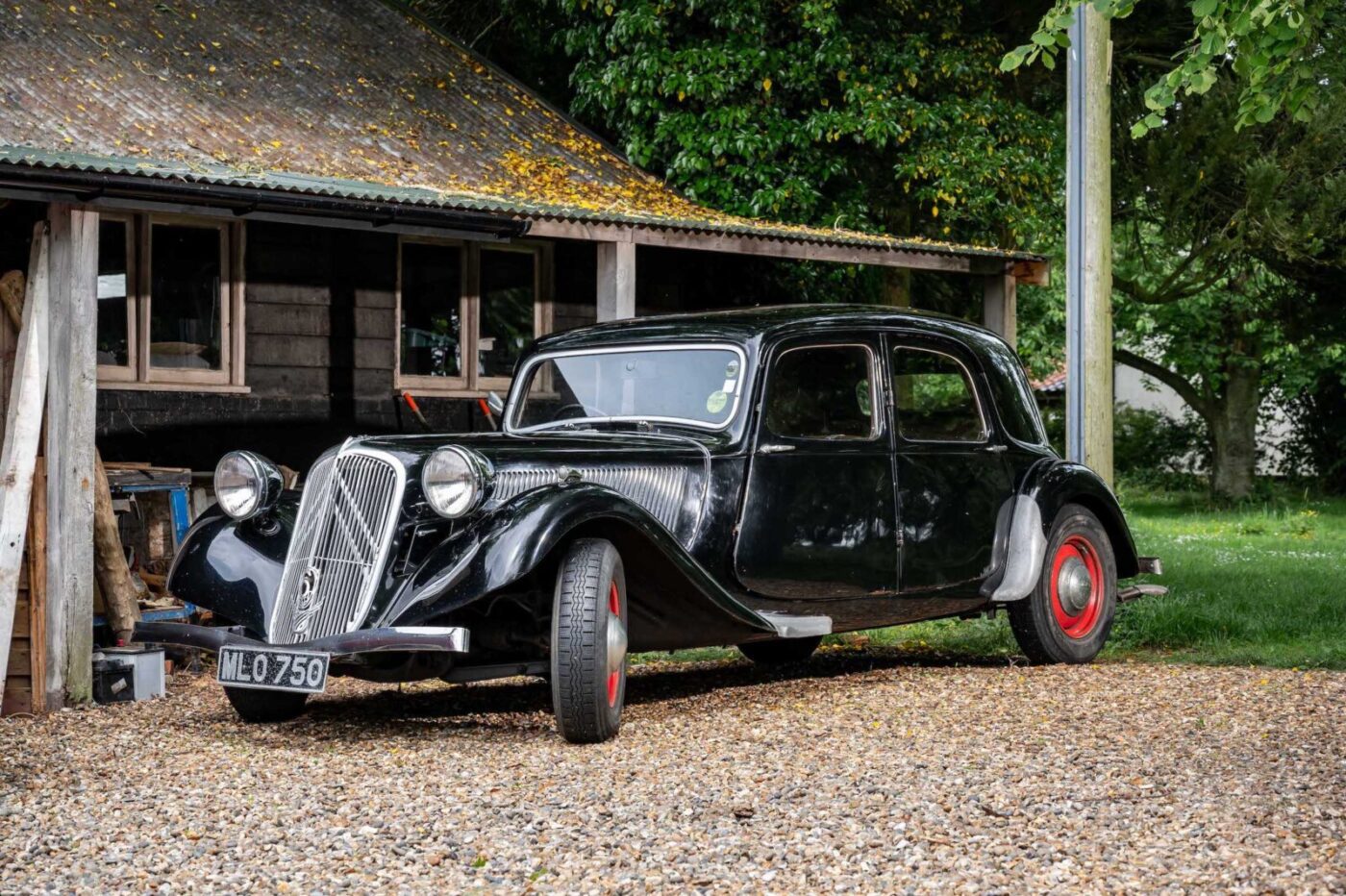
Spreads happiness
And while it gives its owner immense pleasure to drive through the country lanes around his home, the 70-year-old Citroën also spreads happiness to others – even if they often don’t know what it is.
“Because you see so few old cars on the road, practically everybody seems to want to talk to you,” says Nicholas, also 70. “I remember I was with my girlfriend on the Isle of Wight, we were turning in a rather awkward place and a bloke came up in mid-manoeuvre and put his head through the window to talk to me.
“On the way back from Cornwall I stopped for petrol and quite an old man came out and said ‘I’m not going to hold you up but I just want to say, it’s a beautiful car’.
“I wouldn’t want to overstate this but, in a way, using a car like that is a bit of an aesthetic statement. It’s making the roads look nicer, it’s giving people pleasure. It’s good to know that people enjoy seeing the car.”
In the beginning, it took Nicholas the best part of 20 years to get the Citroën on the road, but only once did he consider selling the car described as revolutionary when it first appeared in 1934 because of its unitary construction.
That was when it was badly damaged by vandals who broke into his rented council garage in Hampshire, where he was living in the late 1990s.
“I had reinforced the lock-up and thought it was pretty secure, but the locks had really been smashed up,” he remembers.
READ MORE ABOUT SOME OF OUR GREATEST CLASSIC CARS WITH

A series of articles on our Cult Classics site.
“Complete vandals”
“They sat in it eating fast food, chucked all the food around, broke all the windows, hit the front wings with hammers, and defecated in it. Just complete vandals.”
It was a huge setback for Nicholas, who was badly shaken by the experience.
After spending years working on the car he had bought as a restoration project, he had yet to get it on the road – and wondered if he ever would.
“Because I was so depressed, I just thought ‘I’ll make it presentable and flog it’,” he says. “Even if it’s not on the road, if it’s running it’ll be much more saleable.”
The car was moved to a friend’s transport yard nearby.
“He slightly reluctantly said it could be kept in the yard, outside, short term,” says Nicholas. “But then he said there’s space inside for it, which was fab, and I got cracking on it.
“I got all the broken glass out – in fact, I found a little bit just the other day – and paid a good friend, Andrew Galt, who specialises in these cars, to come over and have a look at it and give me an idea if he could get it running.
“If the engine was absolutely dreadful then that was another reason for selling it.”
As it turned out, the engine was fine, and Nicholas couldn’t bring himself to sell the Big Six – so-called for its six-cylinder, 2866cc engine – once it was finally on the road.
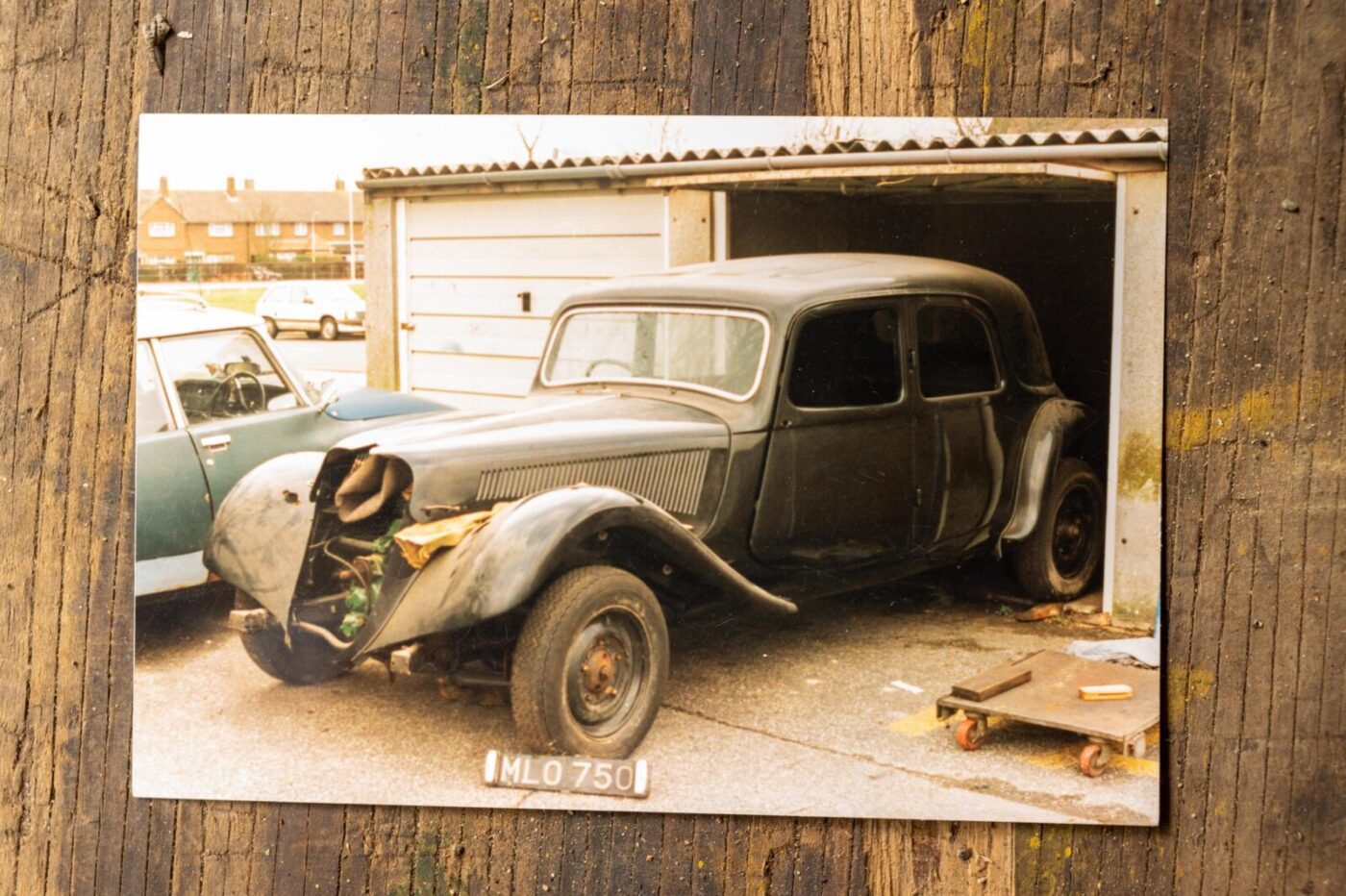
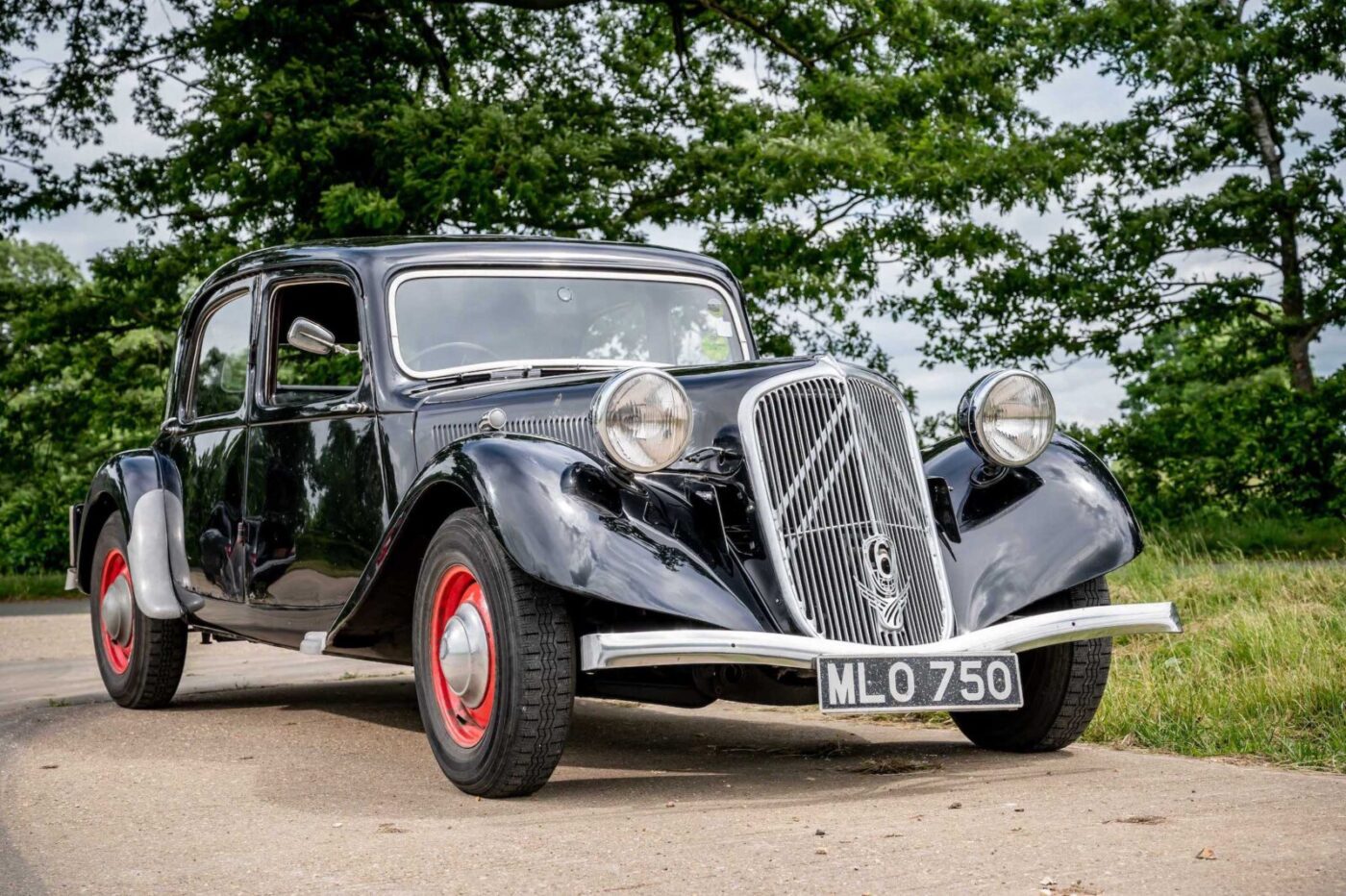
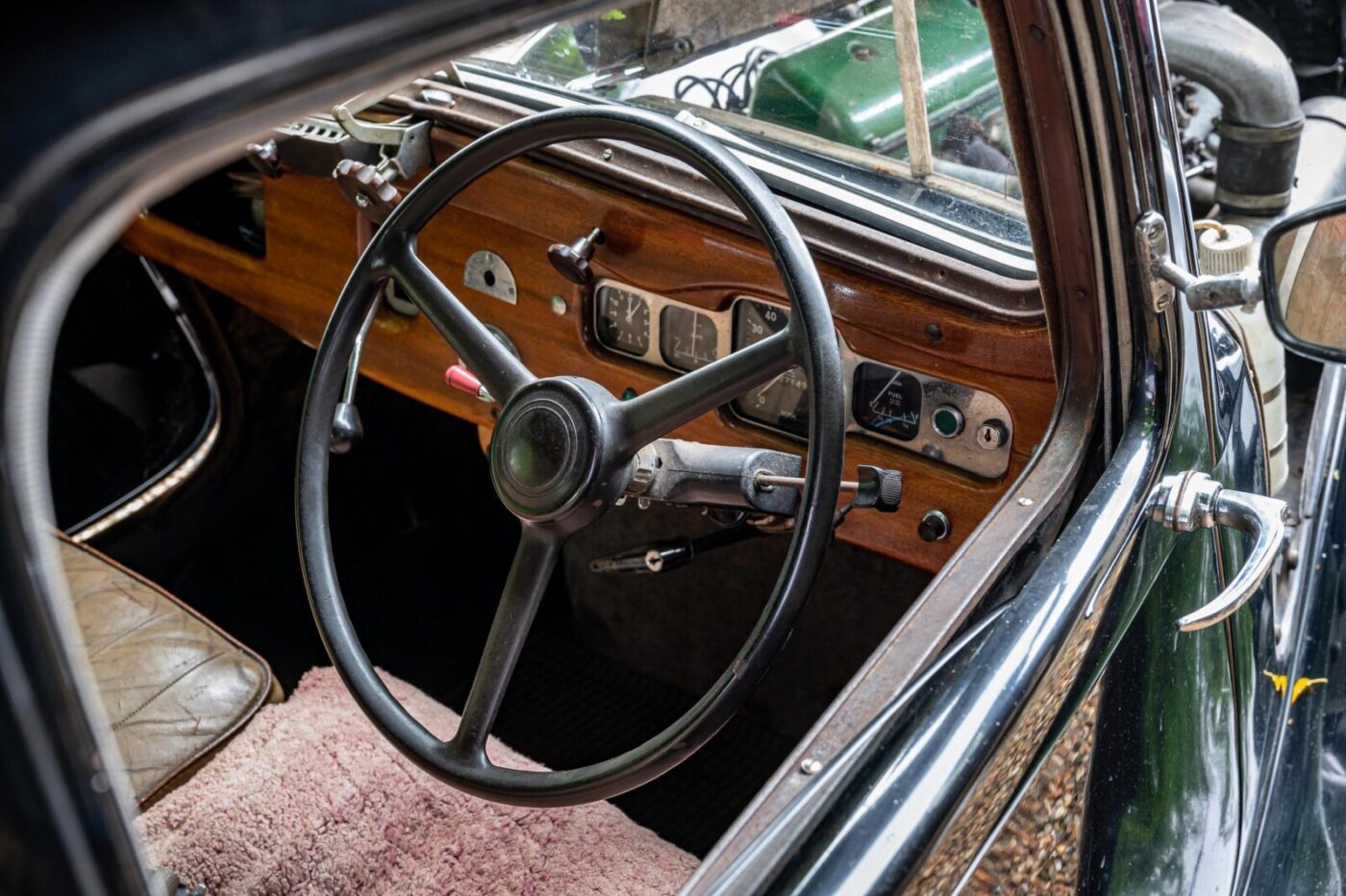
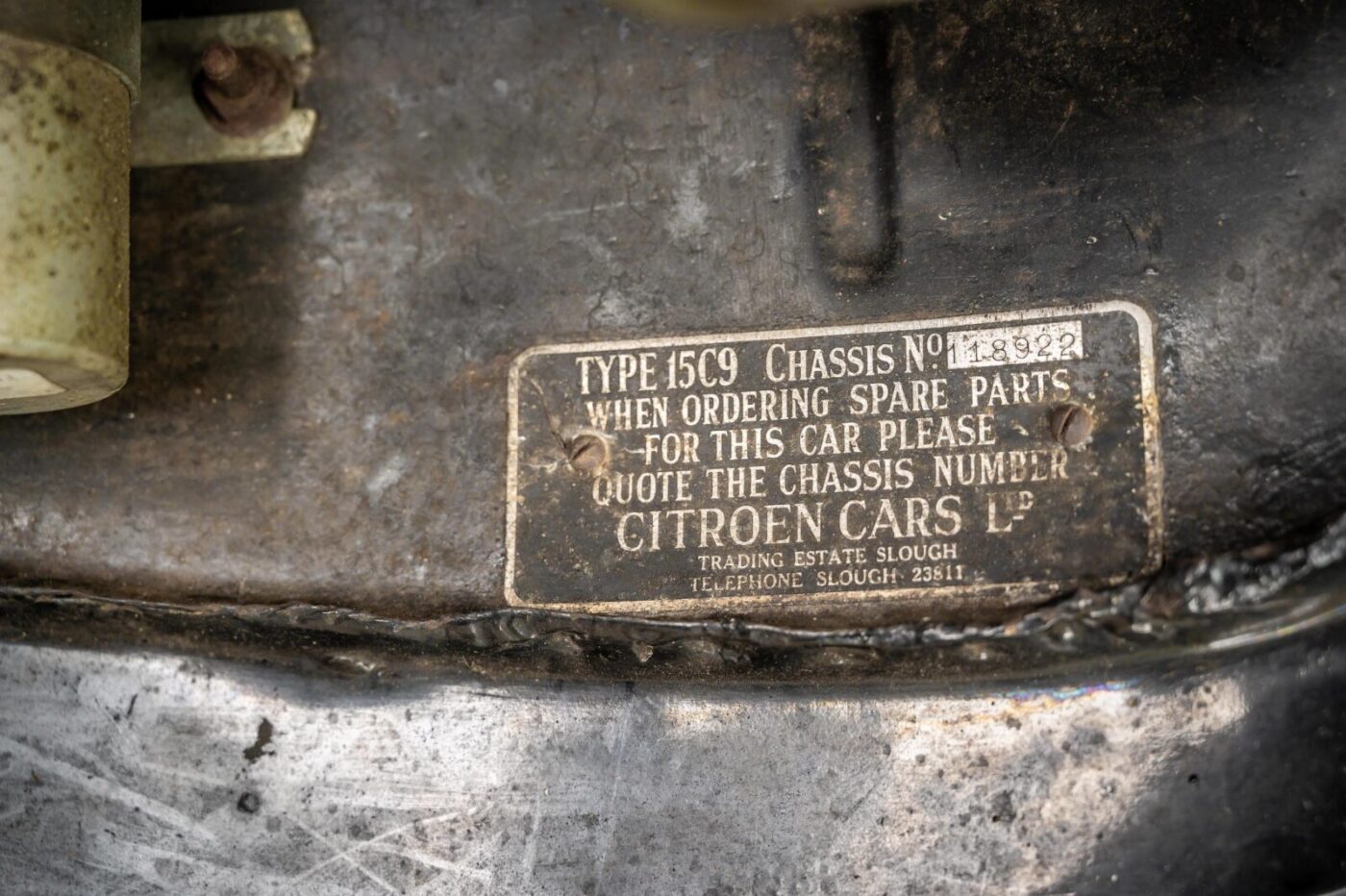
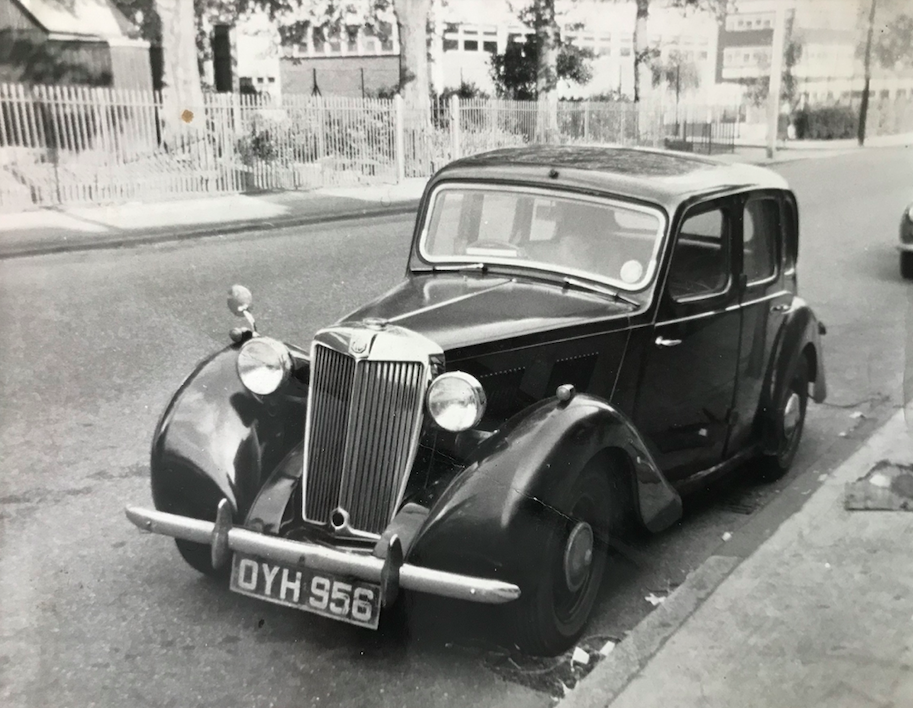
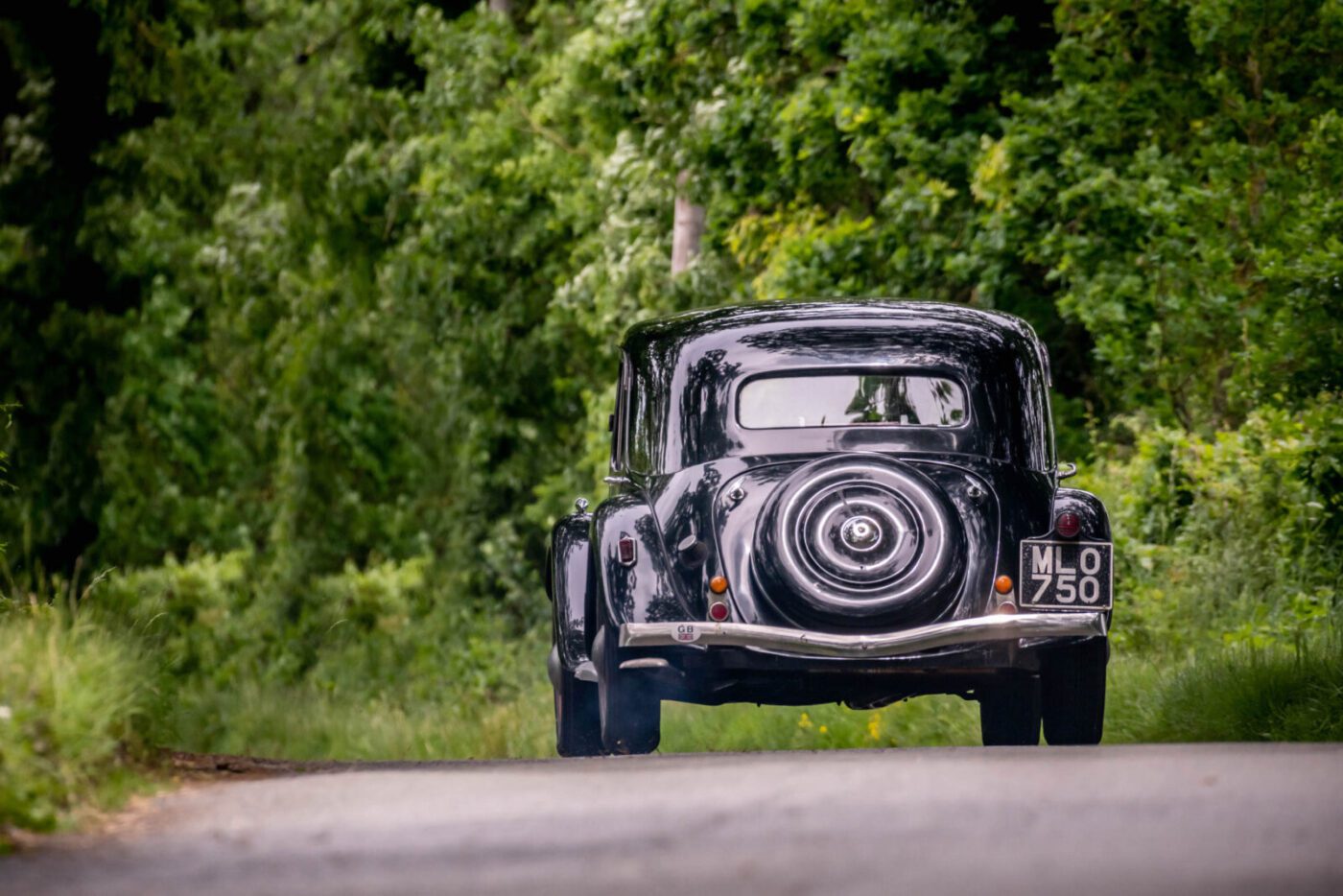
“Keep it indefinitely”
“As soon as Andy said the engine runs, that it’s OK, selling it was not on at all,” he adds. “My intention now is to keep it indefinitely.”
Nicholas’ first car was an Austin A40, passed down to him from his grandmother, via his mother, in 1968, when he was 17.
“My grandmother had it new in 1948 because she was a doctor and, unlike some people nowadays, they just kept it,” he says.
“It looked very modern to me when I was little. It had beige paint, not black, with white bakelite knobs, and looked slightly American.
“The really sad thing is, I would have kept it but it ran a big end and I didn’t really know how to do it. My cousin came over and had a look at it, and he said the crankshaft’s chewed. I tried very hard to get an engine from a scrapyard, but it got sold eventually.”
Next came a late 1940s Riley RM 2½ Litre, “very stupidly” bought when Nicholas was finishing university in London.
“The body was dreadful, but the chassis was like something under a railway wagon,” he says. “I ran it for quite a while, and did a bit of work on the engine, but the bodywork got the better of me.”
After graduating, Nicholas remained in London after landing a “great job” as a trainee curator in the Tower of London Armouries, and picked up a Morris Minor convertible from a friend at university.
“That was great fun, but in the end I had a problem with the brakes, crashed it and it got scrapped,” he says, moving on to an early ‘50s MG YB.
“I went all over the place in it, to friends in Bath and up to Snowdonia for a weekend. I used to drive it quite hard, and dropped a valve coming up here to Norfolk.
81.5% of customers could get a cheaper quote over the phone
Protect your car with tailor-made classic car insurance, including agreed value cover and discounts for limited mileage and owners club discounts

Shipped to America
“Then an American saw it parked at the Tower of London, bought it and had it shipped to America.”
By then, Nicholas had been given a ride in a Citroën Big Fifteen, the name given to the British-built long-wheelbase Traction Avant – in France, it was called the 11 Normale, named after its taxable horsepower rating (confusingly, not the car’s actual horsepower).
“A friend of my father called Jim Kempston bought it on impulse in France, and I had a ride in that just after I’d finished university,” he says.
“Jim and my father thrashed it round the lanes here, and in London he was taking us home from a restaurant and on a long, straight, quiet road he went to the end and turned round. I just thought it was wonderful.”
It was the start of a long love affair with the French car, and Nicholas began the search for one of 26,400 right hand drive examples built in Slough out of a total production of nearly 760,000.
The home-built cars were slightly different, consisting of 51 per cent UK parts to make them exempt from import taxes imposed to protect the British car industry.
His first Citroën was a British Light Fifteen, “a dreadful car” he drove home from Bristol to Stepney, and then on to a weekend in York.
“It was very rusty,” he says. “I didn’t know so much then about how to find bodging up, and it turned out the sills were largely chicken wire and Isopon.
“A welder at the end of the road did a job on it and, in the end, I had it all professionally done and resprayed in midnight blue.
“The engine was a bit tired, but in those days you could fairly easily buy a DS or ID19 engine – the block was nearly identical – so I bought one and put it in. It was noticeably quicker.”
Soon after buying the car, Nicholas married Letitia, who was “not the sort of woman who would say ‘you’ve got to get a sensible car now’”.
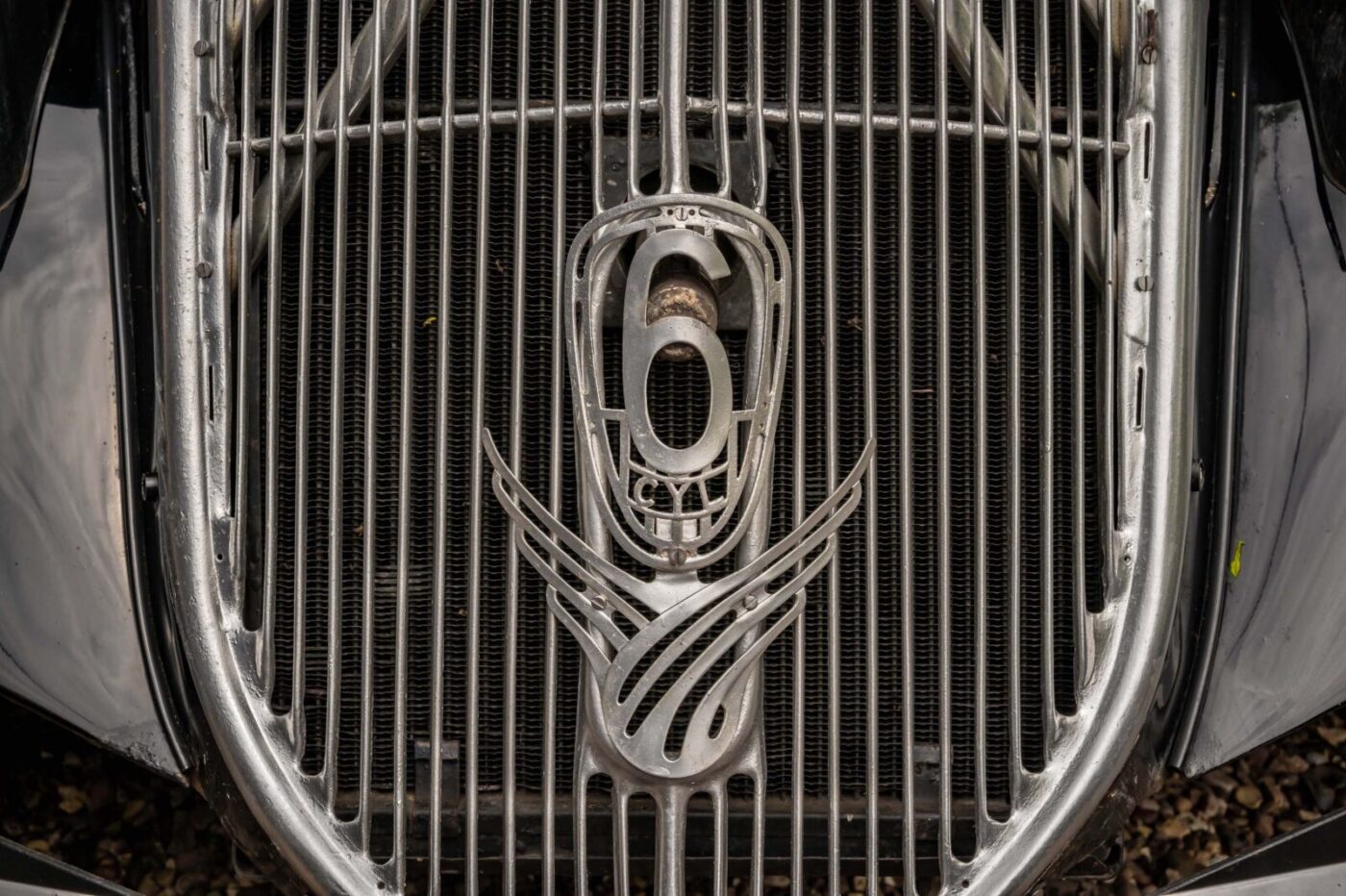
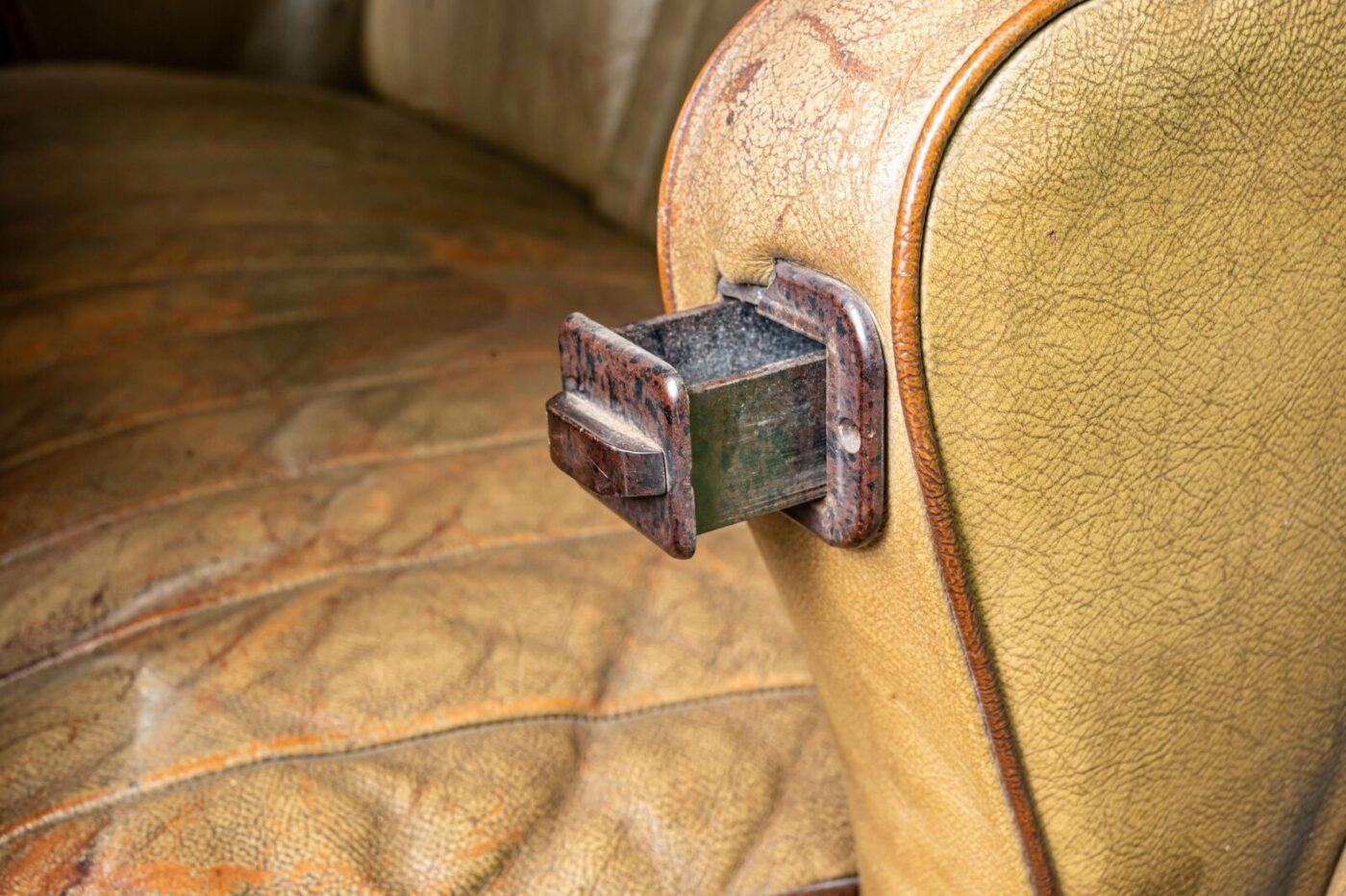
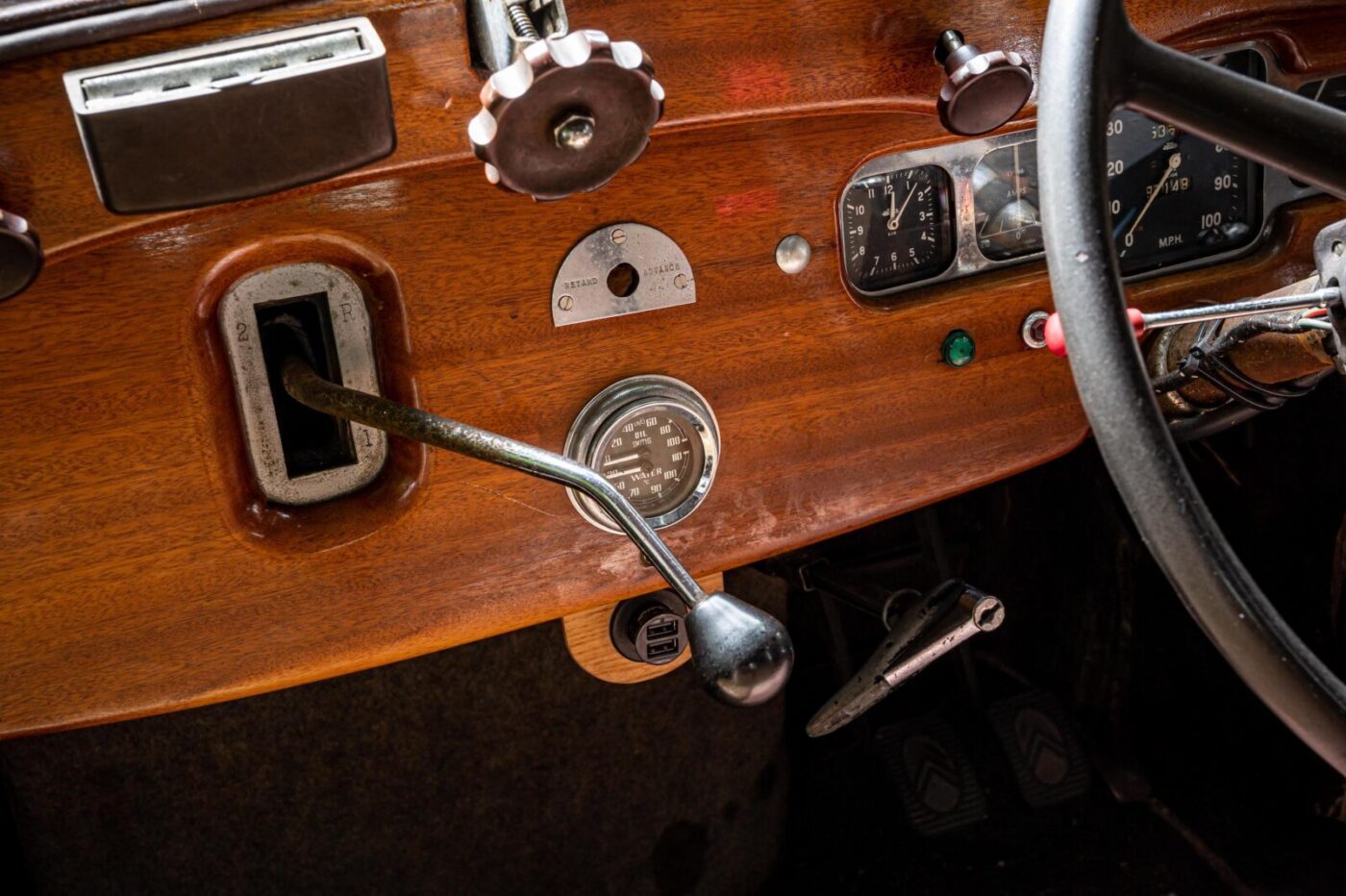
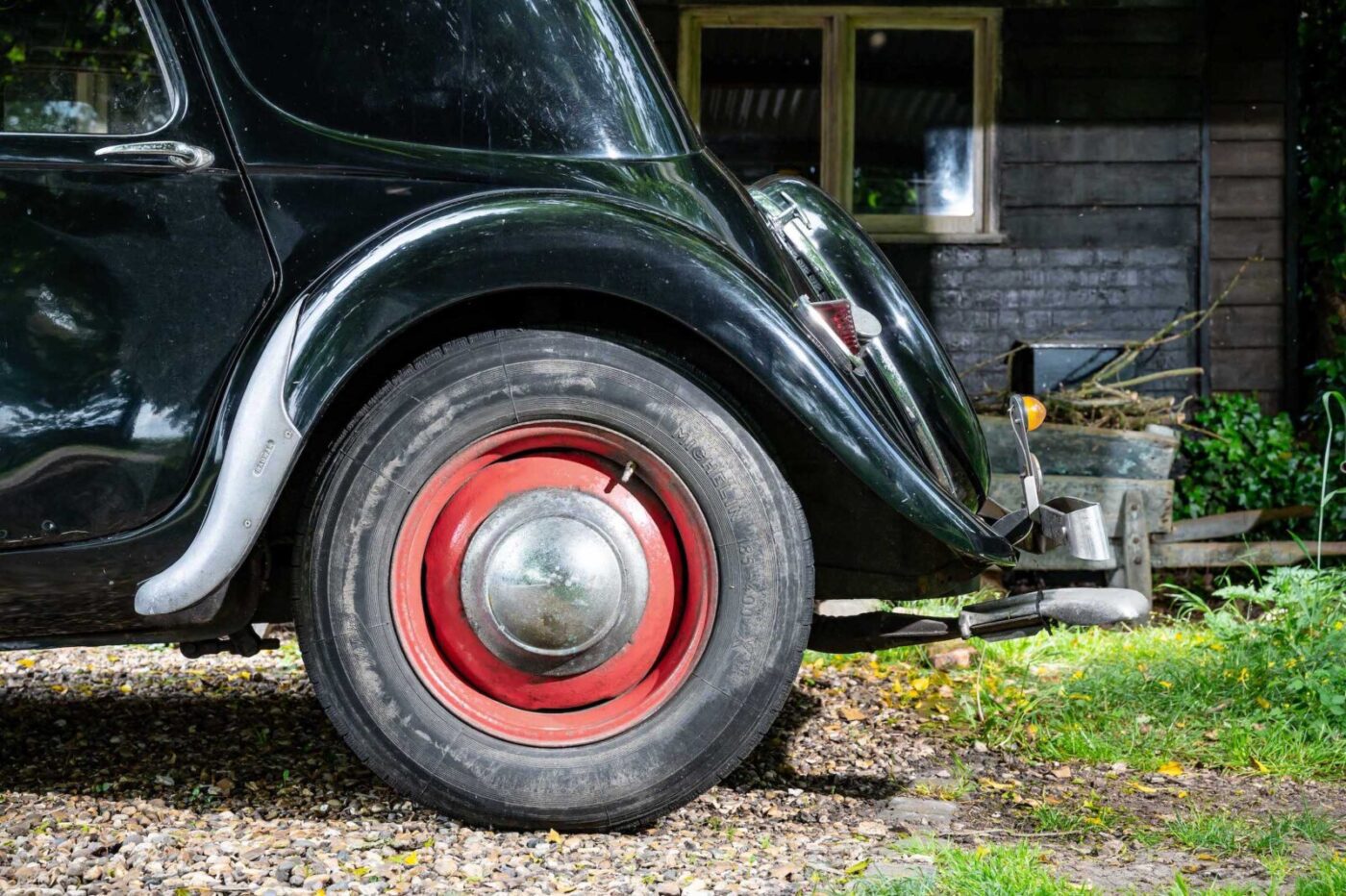
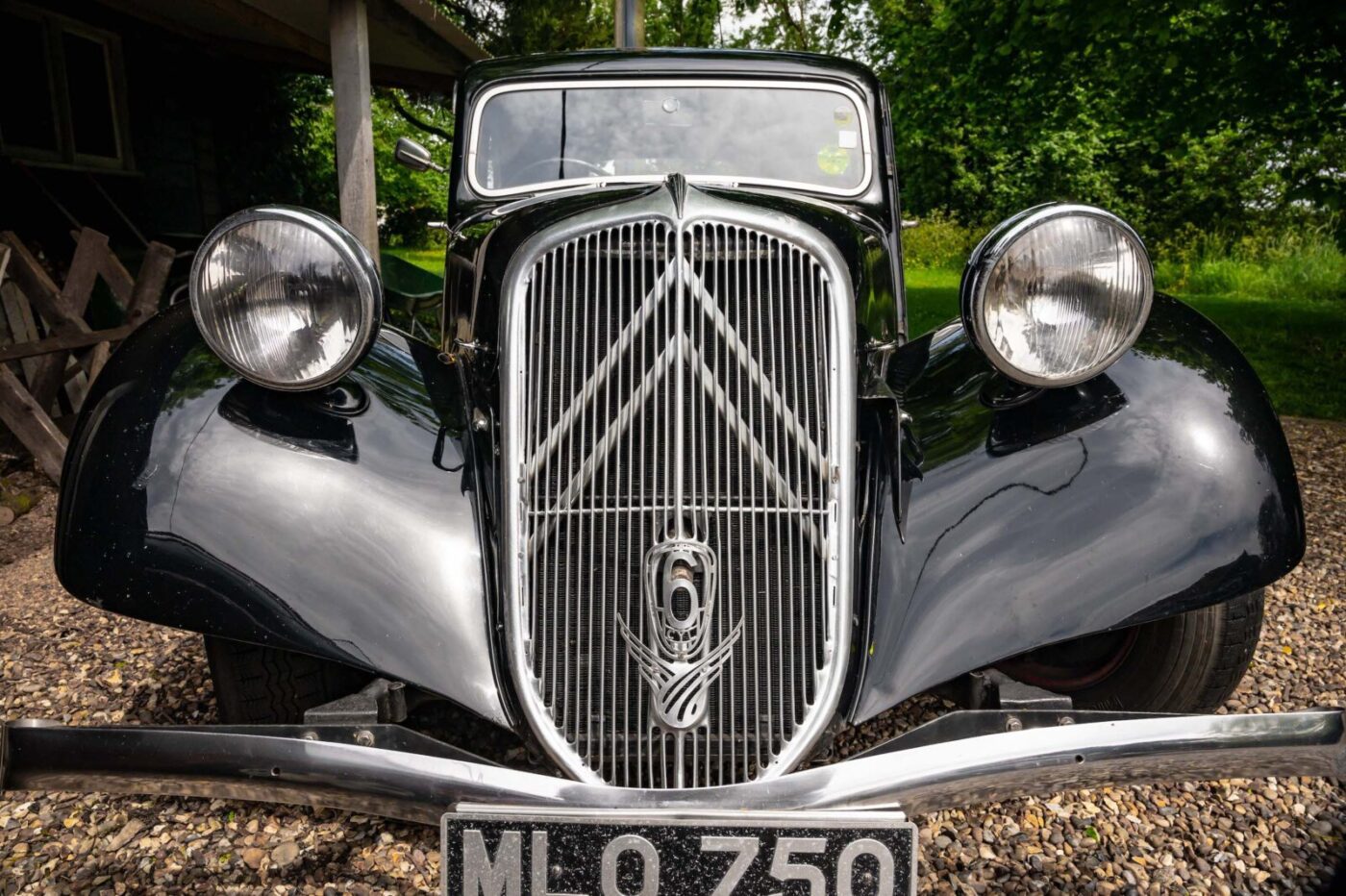
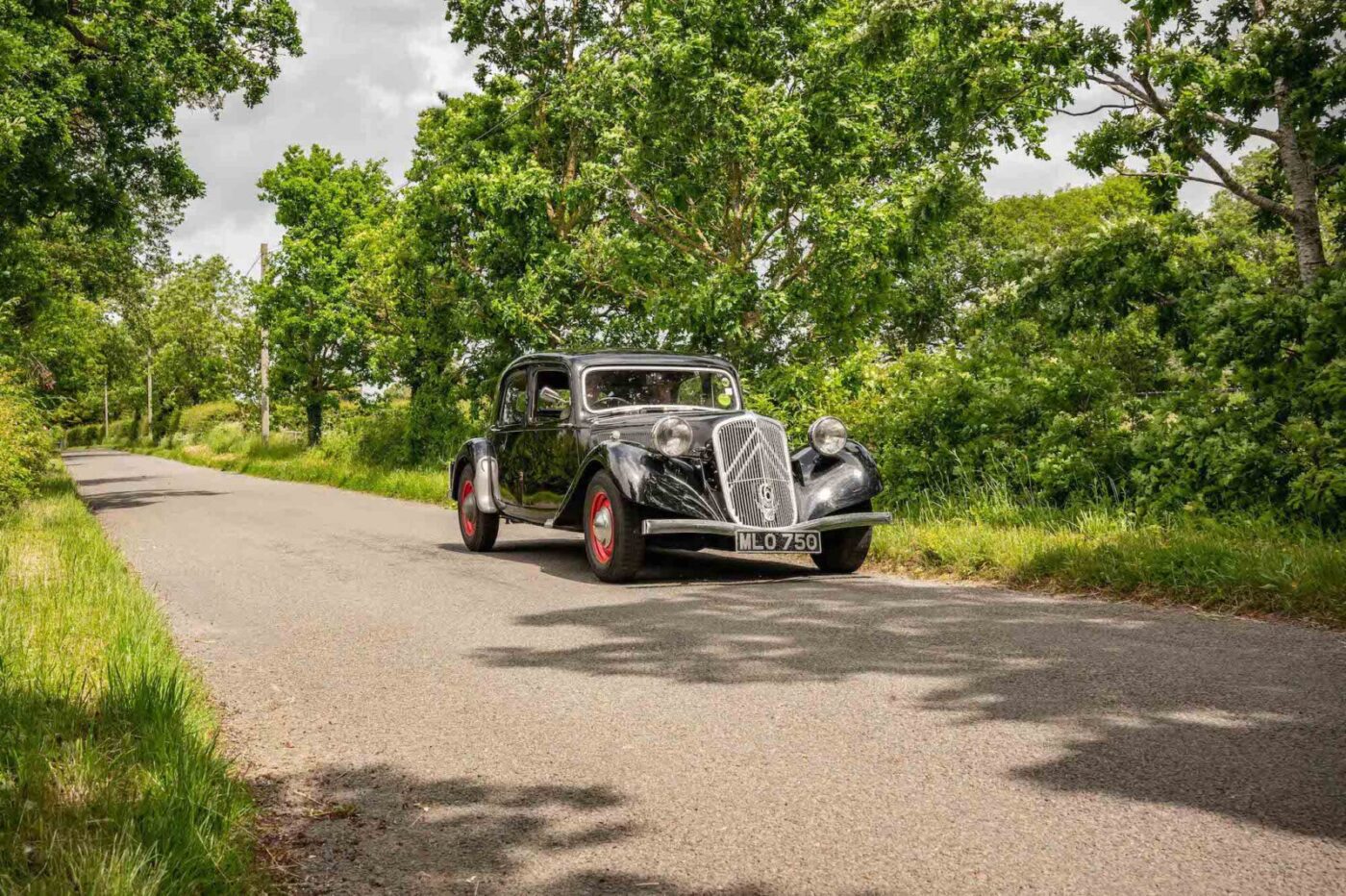
The family car
“It was great, it was the family car,” he says, the couple having three children between 1982 and 1986.
By then, Nicholas had decamped from London to the south coast to work for Hampshire County Museum Service, and still owned the Light Fifteen when he started looking for a larger Big Six.
Eventually, he ended up with the car that sits on the drive outside.
“I wanted a Slough car, and found a large boot one up in Daventry,” he says. “I bought it for not much money, but it was fairly rusty and I took it to the coachworks I liked at Devizes, who did the Light Fifteen, with the idea he would do all the welding.
“But before he could start, a mutual friend who dealt mostly in Tractions and DSs called Bryn Hughes, who knew I liked small boot cars, persuaded me that what I really wanted was one he was selling – it was a small boot and a better deal blahblahblah.”
Nicholas was duly persuaded, even though the car had no engine or gearbox, and Bryn took the original Six in part exchange.
An early Volvo 145 estate was bought to tow the car from Nottingham to Havant, using the Citroën Car Club trailer, and work began in 1983 to get the car ready for the road, using an engine from another Big Six Nicholas bought that was “completely rotten” and scrapped.
“I got on quite quickly to begin with, and put all the glass in,” he says. “It wasn’t too bad, but needed all the usual things, like the door bottoms, which have now gone again.”
The family moved house to an early 18th century building, which took up much of Nicholas’ time and work on the car was put on hold for quite a long time.
“We had three children and I used to look after them a lot, and I was restoring an old house, doing all the plumbing, the wiring, the gas,” he says. “I also gave lectures at least one evening a week, and I often worked late and at weekends. There was very little time.
READ MORE ABOUT SOME OF OUR GREATEST CLASSIC CARS WITH

A series of articles on our Cult Classics site.
Eventually completed
“The only thing I would say is that some people never do it. I think if you’re not going to do it you’ve got to get rid of the car. But, eventually, I did do it. – even if it took me a depressingly long time.”
But not before the car was vandalised, which happened after Nicholas separated from Letitia and moved the car into the ill-fated lock-up.
It wasn’t ready for its MoT until sometime in 2006, and then finally became Nicholas’ daily driver – albeit with several details yet to be completed. The headlining and door cards are still waiting to be fitted more than a decade later.
“I used it all the time, and it was great,” he says. “I had a girlfriend in Brighton at the time, which was about an hour from me, and it was fine.
“It lasted as my daily driver until I had to do something major, like the manifold. Then I usually had something else as well, like a Mazda MX-5, Citroën BXs and now a C5 estate.”
Of course, there were always jobs to be done on such an old car that hadn’t run for so long – like replacing the cracked exhaust manifold – and Nicholas opted for a few tweaks to make the Citroën drive better in modern traffic.
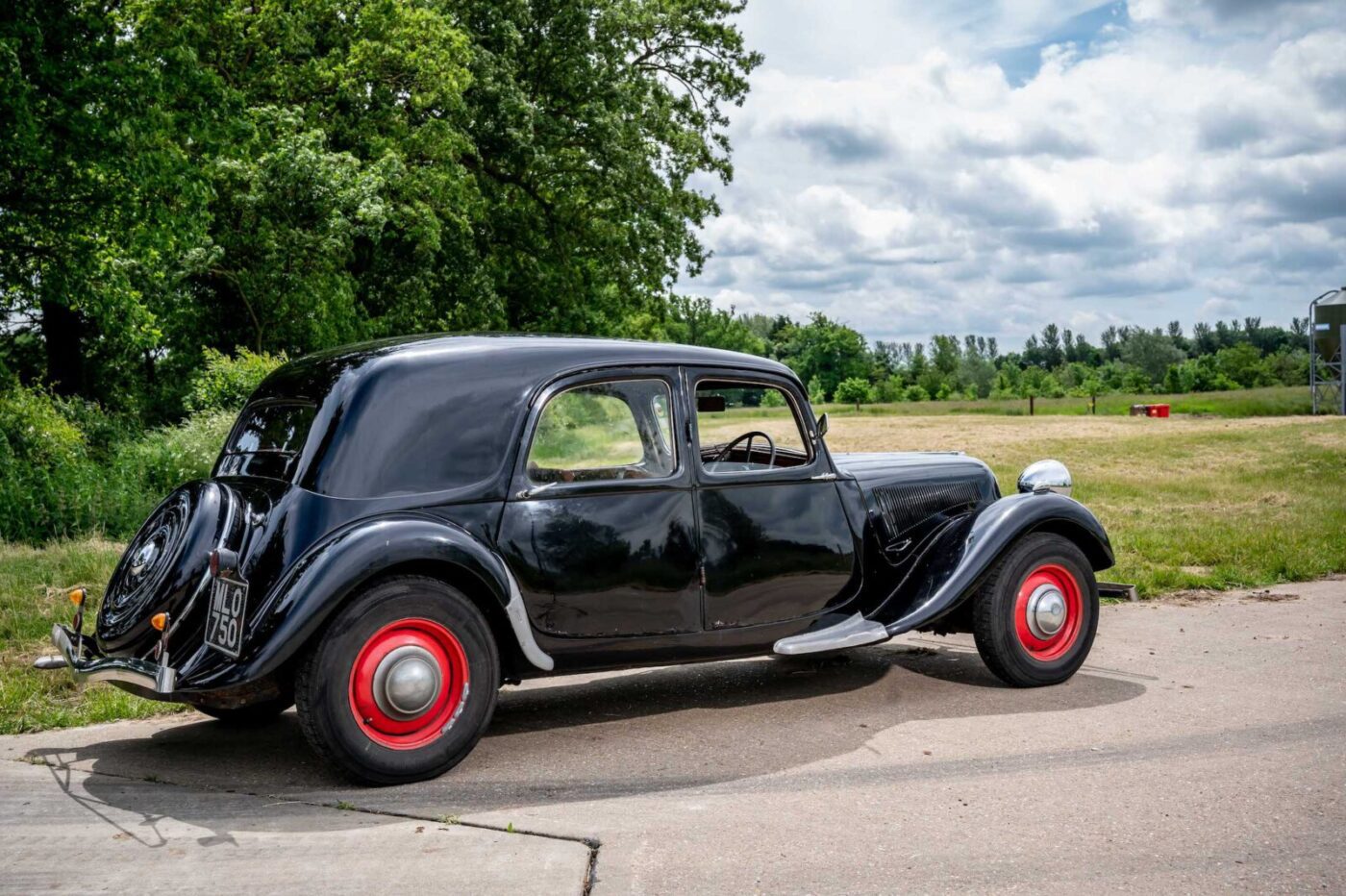
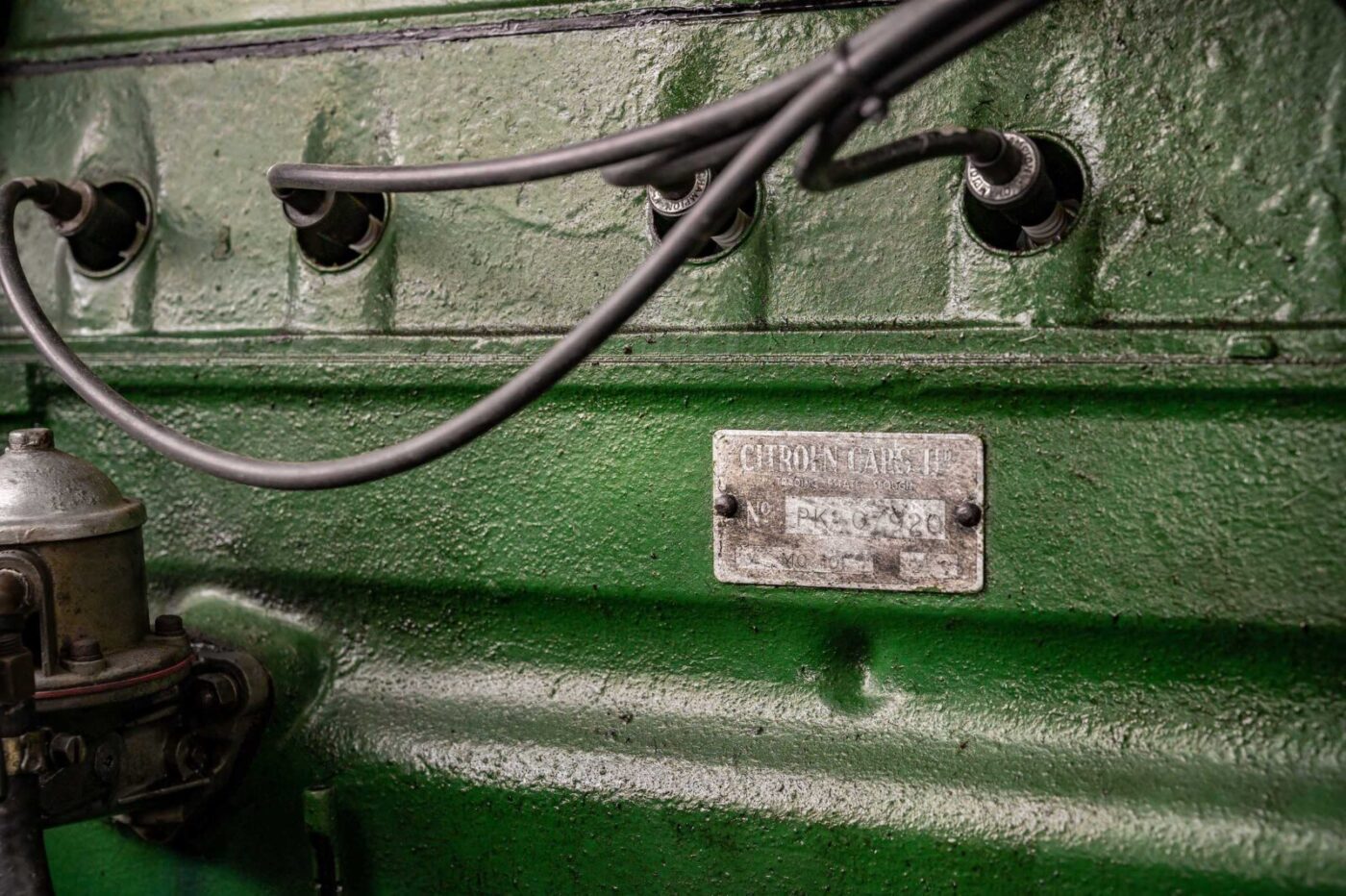
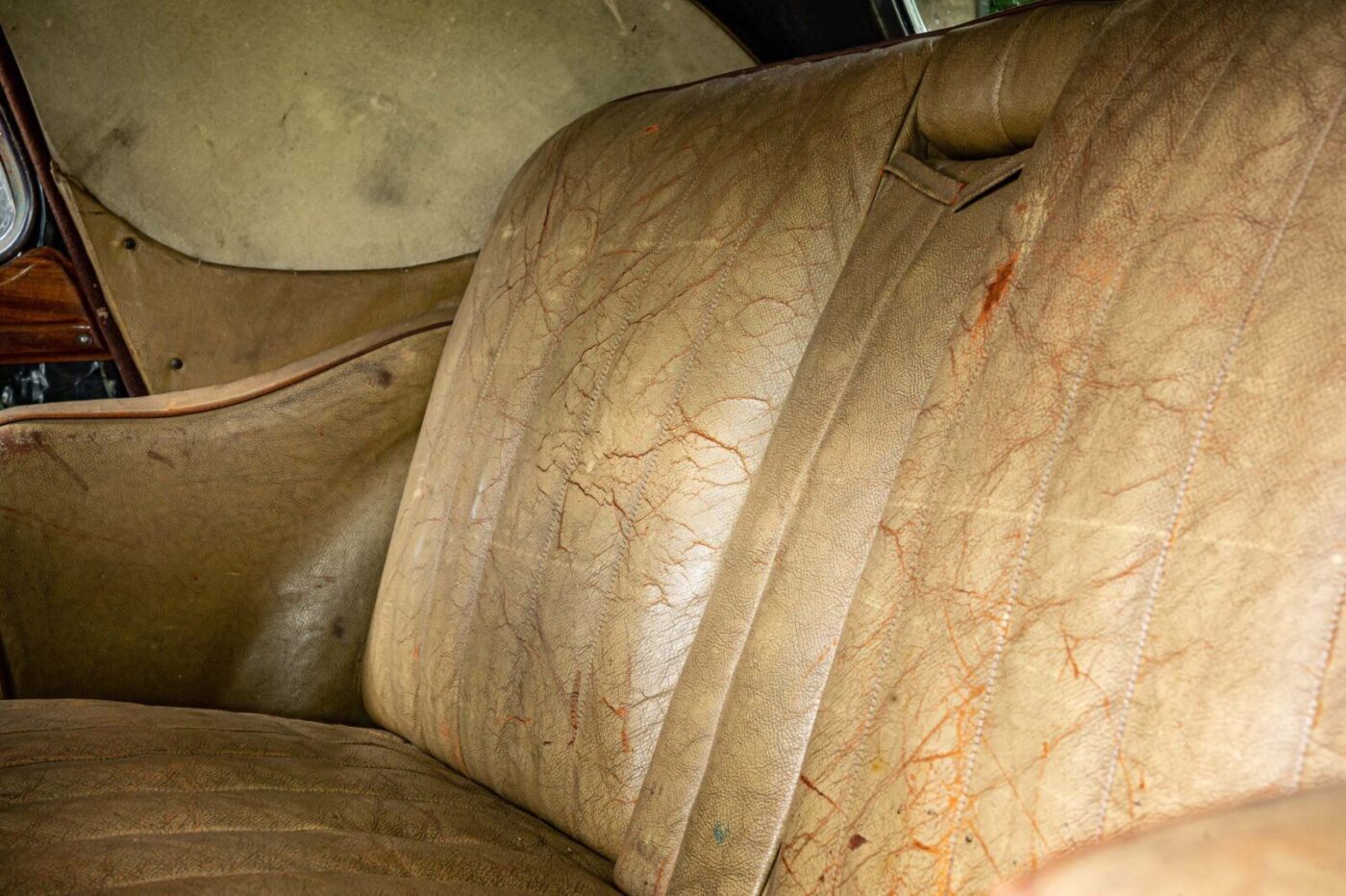
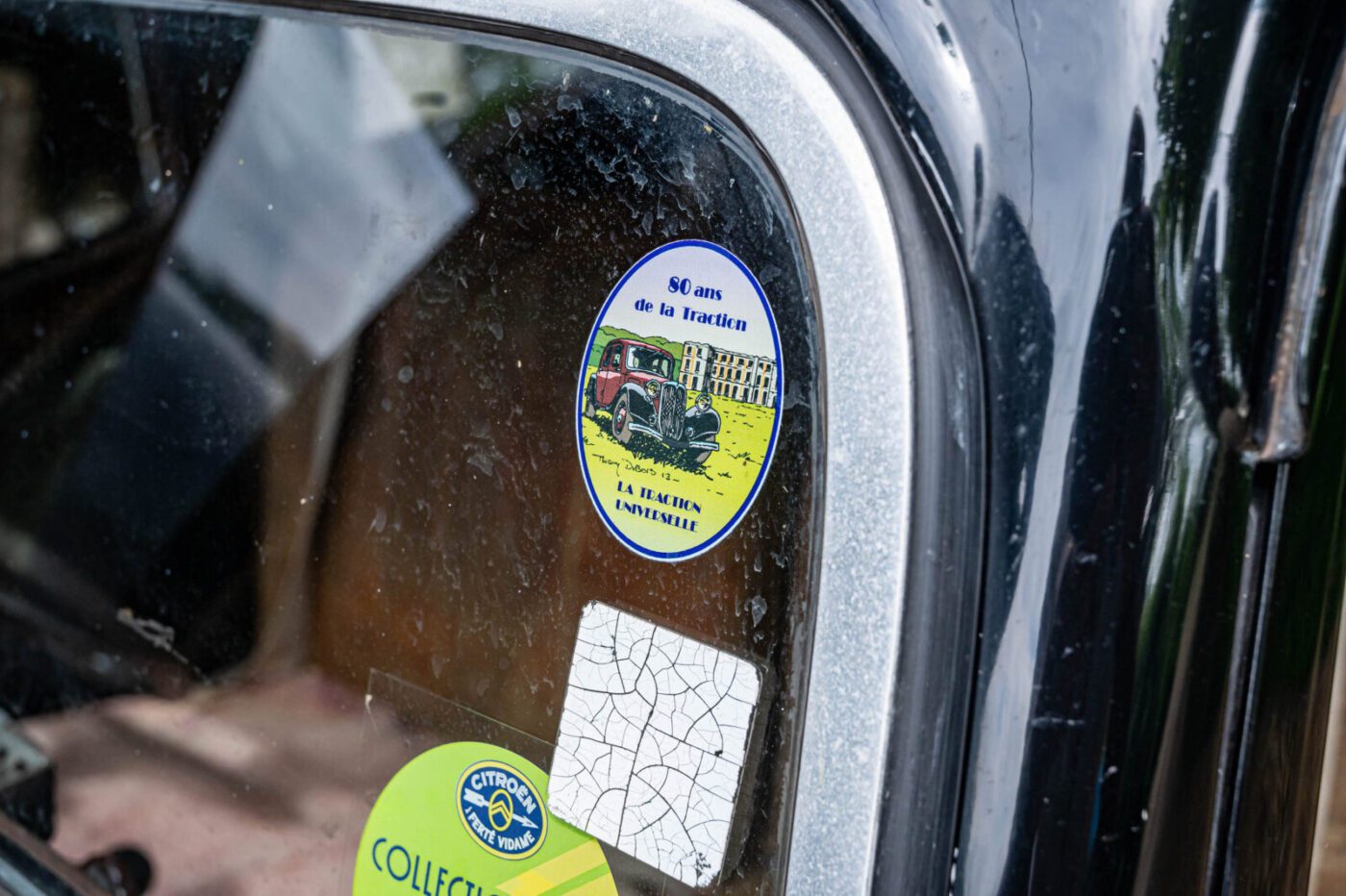
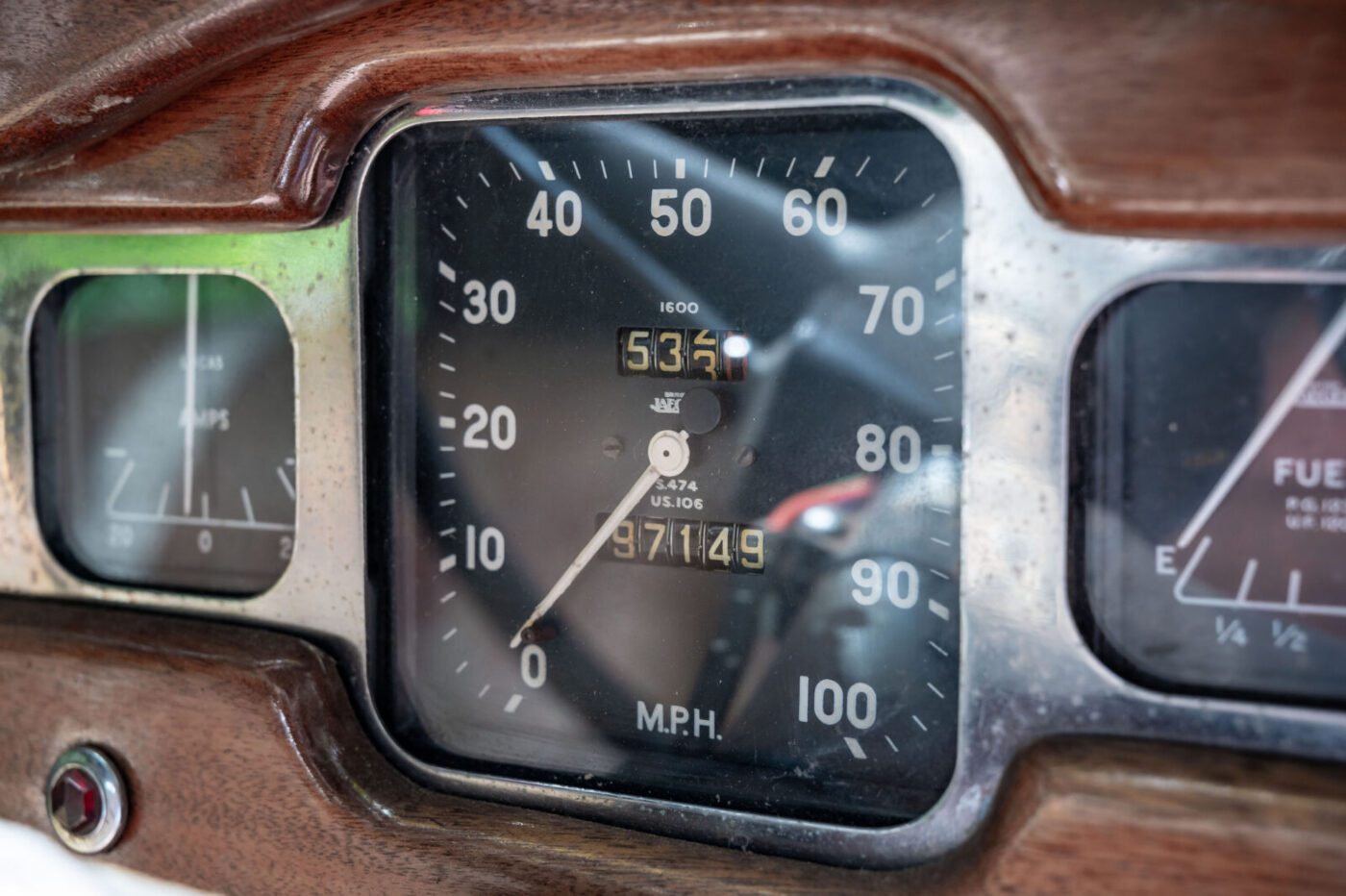
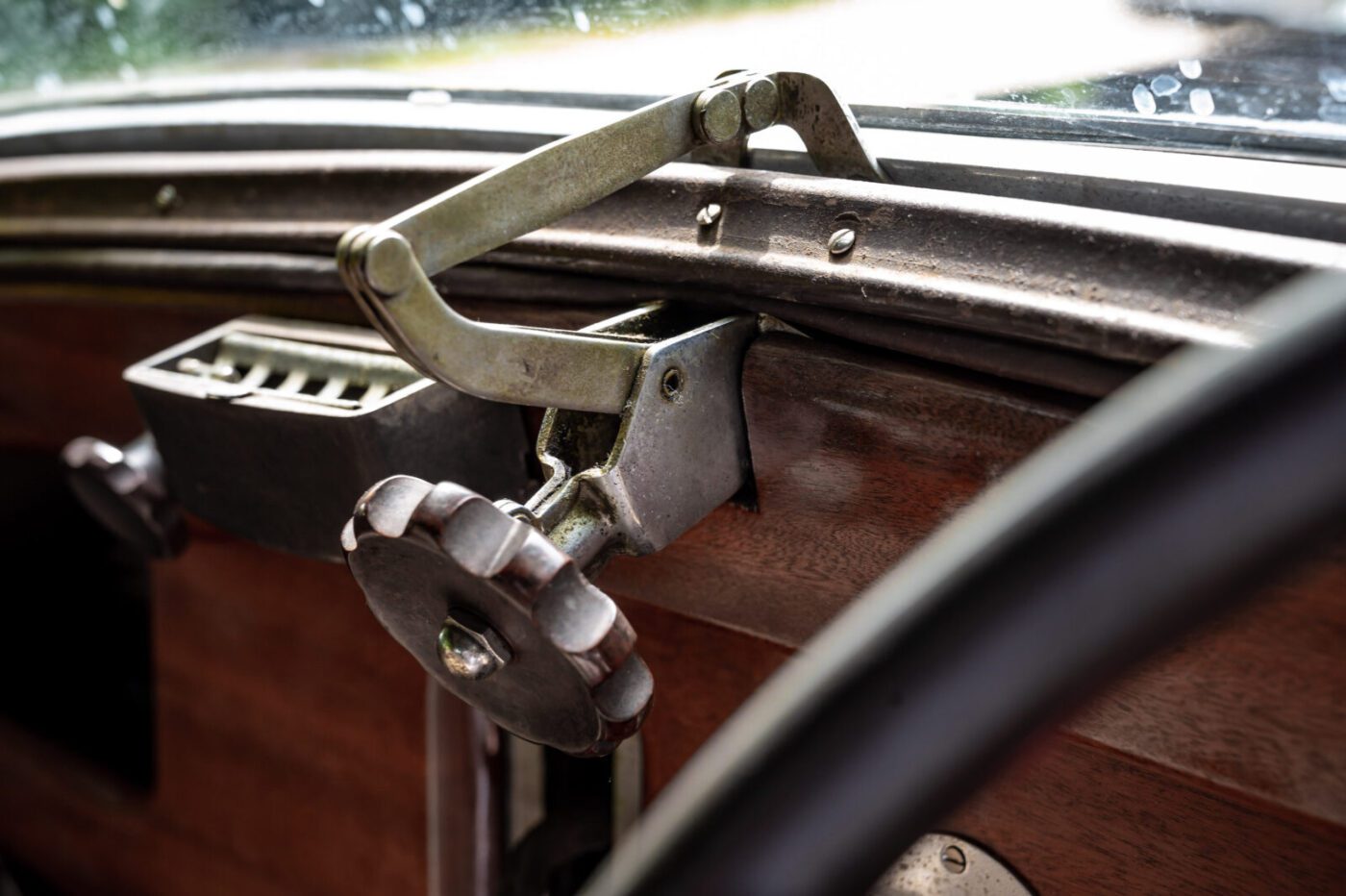
Modern upgrades
The dynamo was switched to an alternator, and an electric fan was added, along with electronic ignition, a new radiator and a stainless steel exhaust.
“It always started brilliantly, but there was a flat spot in the power delivery at a rather critical overtaking speed,” he says. “I thought it could be the ignition and I thought it would sort that out, which it did, mostly. It makes it smoother and a bit more responsive. An overhaul of the fuel pump did the rest.”
It made Nicholas’ long journeys through France a little easier, the first trip in 2014 for the 80th anniversary of the Traction Avant – known across the Channel as Reine de la Route (Queen of the Road).
“It was great,” he says, driving about 700 miles over a long weekend. “The only problem I had was starting out on the way back there was the most amazing rattling sound – really deafening. “I was really panicking, so I stopped and looked under the bonnet but I couldn’t see anything wrong. It turned out that a baffle in the silencer had detached, so it would bang back and forth. “It was annoying, but not a problem.
“Some Frenchmen stopped and had a look at it. They had the very rare 15/6 H, where the hydraulic back suspension is like a DS. We chatted and they were at the same rally as me in England in the 80s.”
There is always something to be done on the car and, last year, Nicholas noticed that the front suspension’s upper wishbone bushes were worn.
It turned into a “really major job”.
“There’s something like a subframe, but it’s called a cradle,” he explains. “It’s massive and takes two people to lift. I knew I couldn’t do the job at home and it was only possible because John Gillard of Classic Restorations agreed that we could dismantle the front of the car at his place in Kent.
“It can be quite a thing getting the cradle off, and it was then rebuilt at a specialist’s in Devon. It cost a great deal of money…”
His recent trip to his daughter Henrietta’s wedding brought another problem to light.
“Before I left I realised that there’s a problem with the starter ring to address,” he says. “As you’re driving it makes a rattly jingle. You can’t go on like that indefinitely, because the bolts will eventually give way.”
It may seem minor, but it’s an engine-out job, and a friend near Salisbury is pencilled in to do the work.
Labour of love
To many, the Traction Avant – which translates as front traction and was never the car’s official name – will sound like more trouble than it’s worth, but to Nicholas it’s a labour of love.
“At the moment, it’s not worth a great deal,” he admits. “And you can’t really get a return on your work, but the return you do get is enjoying driving it and seeing it. Every time I go past it, even in the garage, I think ‘oh, it just looks so nice’.
“I love the whole of the Traction Avant family, but I think the Six is particularly special because it’s a beautiful design. It’s quite imposing, and it drives very well. You can keep up with the traffic, the road holding’s fabulous, and the brakes are not bad.
“It’s been a part of my life for a long time. It’s got a lot of happy memories for me.”
And there are still plenty of new memories to be made.
